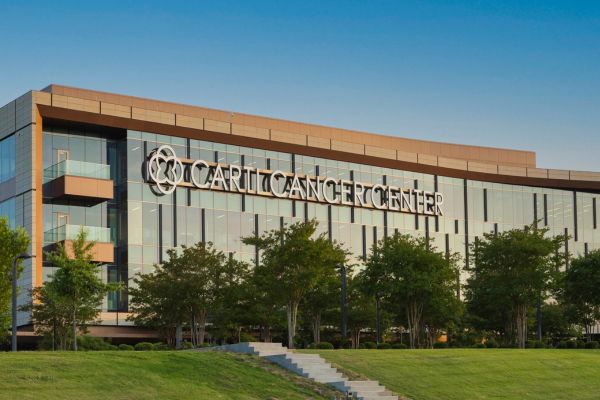Radiation Oncology Advancements to Reduce Treatment Times for Breast Cancer
By Dr. Jonathan Pagan, Radiation Oncologist
As printed in the July/August issue of the Healthcare Journal of Arkansas.
One in 8 women in the United States will develop breast cancer in her lifetime. As the second most common cancer in women, we are relentlessly searching for ways to improve detection and treatment, and to fulfill the ultimate goal of identifying a cure for breast cancer.
For decades, radiation, along with surgery and chemotherapy, has played a vital role in helping remove, shrink or slow the growth of breast tumors. Historically, the standard radiation therapy plan included six to seven weeks of daily radiation treatments. This care plan led to various side effects, plus presented a significant time commitment for the patient.
While many patients would do anything to receive the treatment they need, there are some external barriers that can cause difficulty or delay for those who need care most. Whether it is a lack of access to a cancer care facility, transportation limitations, work obligations or care for family and loved ones, these obstacles can lead patients to choose to forego treatment, even though they know it is their best option.
By implementing more convenient and timely treatments, we hope to eliminate some of these barriers and allow more patients to seek care.
Over the last 10 to 15 years, technological advancements have allowed us to reduce the number of radiation treatments for breast cancer patients to as few as three weeks of daily sessions. Simply reducing the number of weeks by nearly half has been a major improvement for providing access to care and decreasing side effects, without negatively impacting remission rates.
Even with this progress, there has been a continued effort to shorten breast cancer radiation treatment plans, and pioneers in our field have been exploring a treatment called accelerated partial breast irradiation (APBI). This approach involves treating less of the affected breast in the timespan of a single week. When this type of treatment was first developed, it required the surgical placement of a catheter in the breast, followed by one week of treatment and then surgical removal. The increased number of required invasive procedures was not a favored treatment approach for many, so continued advancements have been made to perfect this approach.
Nearly 10 years ago, an updated version of APBI was devised, utilizing a non-invasive option consisting of five treatments, less than 20 minutes each. Researchers studied this condensed approach, and in a large randomized trial, data most recently revealed that patients not only responded to the treatment better than anticipated, but that their remission rates were also identical. With these findings, we can now provide this option to many patients who might have otherwise chosen to forego radiation therapy, ensuring a more positive prognosis and treatment outcomes.
This advanced approach is approved for women who have been identified as having ‘low risk’ breast cancer. Those above the age of 50, who have small tumors that can be completely removed surgically, and who have no high risk features on their final pathology report are eligible. A critical part of care for these women is a consultation with their radiation oncologist prior to their surgery to assess if they will be a good candidate for this leading-edge treatment. Many women who have undergone this process experienced fewer side effects and continue to be satisfied with the long-term cosmetic results.
To make this treatment option available for our patients, necessary updates in our equipment and operating systems were vital and incorporated. Now, more than ever, our technology must be capable of providing precise radiation to affected areas alone. As we continue to move forward, I expect that we will start to develop similar options for other types of cancers. For example, we are now able to treat early stage lung cancers with five or less treatments of radiation, as opposed to the previous traditional therapy that took 30 treatments.
Through these advanced, accessible options for radiation therapy, we are reducing treatment times and improving outcomes for more breast cancer patients.






